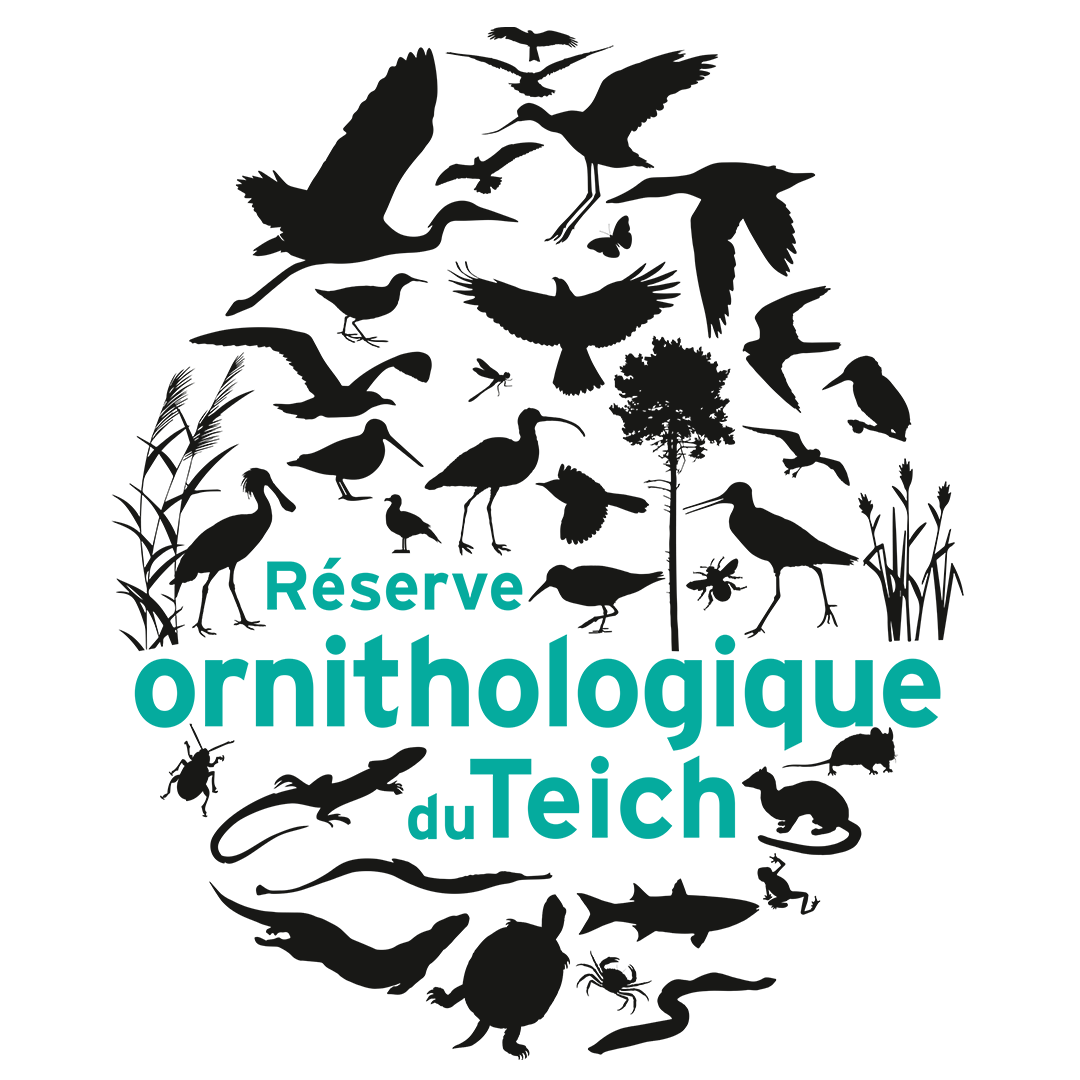The birds found here are entirely wild and behave in exactly the same way that they would outside of the reserve’s boundaries. They are not given additional food or kept in a semi-captive state.
Some of them, used to the discreet presence of members of the public, allow humans to come much closer than would be the case outside the reserve.
The reserve is internationally renowned in the field of nature photography. In the space of a few years, it has become a Mecca for many photographers, both professional and amateur, novices and experts, all of whom find plenty of material here from which to fashionoriginal or striking images, and above all, to enjoy themselves!
The main advantages of the site are: the wide variety of habitats and species, the fact there is always a good chance of seeing interesting wildlife events or behaviour at any given time of the year, the almost disconcerting proximity of the birds, their growing familiarity with human beings, the design and siting of the viewing points, not to mention the near constant presence of photographers who know the reserve well and who can therefore supply newcomers with practical information and technical tips.
Share your best images from our photo site “Teich Bird Reserve seen by visitors” :
Hides
The viewing points, are tailored to photographers’ needs (with viewing slits that are at least 21 cm wide, which is the diameter of a 400mm f/2.8 lens, arm rests, fixed benches or moveable stools, viewing slits at different heights…). They are designed to be comfortable, in case you find yourself in for a long wait…
Some of these hides are equipped with low-level slits, specially designed for photography, enabling you to avoid having to take high-angle shots when the birds are within close range.
To make the most of the lovely morning and evening light,
we would advise photographers to buy a pass, which would allow them to benefit from extended opening hours on a regular basis (see the timetable of special opening hours for holders of passes).
You don’t need massive telephoto lenses for close-ups, a 300mm lens with a small sensor produces excellent results, and amazing shots can sometimes be taken with simple point-and-shoot cameras !
Photographers code of conduct
Like all other visitors,
photographers must respect the reserve by-laws and regulations. In particular, they should remain on the paths at all times and must refrain from using audio equipment/recordings to attract birds.
They are also requested to ensure that their camera lenses do not project through the viewing slits in the viewing stations. This could disturb the birds and cause their abrupt departure from the vicinity of the hide.
Failure to respect these regulations may lead to the immediate expulsion of the offending parties by the reserve staff.
Lastly, it should never be forgotten that the reserve is open to everyone. The viewing stations are therefore not to be seen as being the ‘preserve of’ or reserved for the exclusive use of wildlife photographers. Making space and time for others so as to share something of your hobby is an educational activity in itself…
Training courses
We do not run training courses in wildlife photography for individual members of the public as many professional photographers and businesses already offer this kind of service. Some even use the reserve as the location for their courses…
